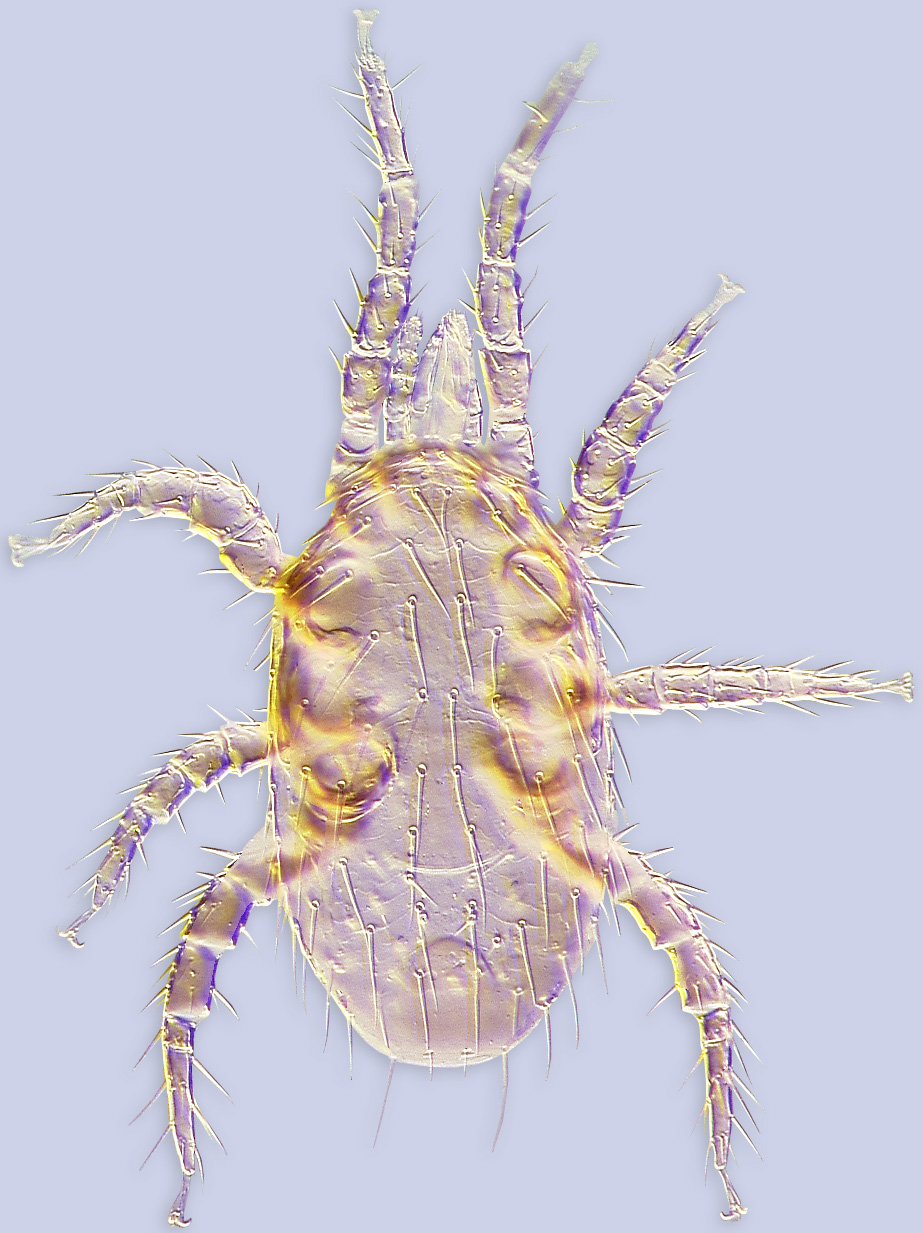
Fig. 1. Proctolaelaps longisetosus, female, ex Bombus fervidus, USA: Ohio, BMOC 02-0706-001. Click to enlarge
 Fig. 1. Proctolaelaps longisetosus, female, ex Bombus fervidus, USA: Ohio, BMOC 02-0706-001. Click to enlarge |
|
females | |||
| 1 | Fixed digit of chelicera with 1-2 teeth. Anus smaller, not exceeding height of tibia IV. Posterior edge of anus placed in anterior half of anal shield
| | |
| - | Fixed digit of chelicera with numerous teeth. Anus large, exceeding height of tibia IV. Posterior edge of anus placed in posterior half of anal shield
| | |
| 2(1) | Postanal and anal setae subequal. Dorsal idiosoma coarsely sculptured, with pattern forming 3 impressed longitudinal rows. Dorsal setae short distinctly not reaching bases of subsequent setae. Anal shield length and width almost equal ... Proctolaelaps ornatus | ||
| - | Postanal seta distinctly longer than anal setae. Dorsal idiosoma not coarsely sculptured, without 3 impressed longitudinal rows. Dorsal setae longer, exceeding or almost reaching bases of subsequent setae. Anal shield distinctly longer than width
| | |
| 3(2) | Dorsal idiosomal setae exceeding bases of subsequent setae approximately by 1/3 of their length. Setae J1-4 longer than 60 micrometers ... Proctolaelaps longisetosus | ||
| - | Dorsal idiosomal setae not exceeding bases of subsequent setae or if exceeding then less than by 1/3 of their length. Setae J1-4 shorter than 60 micrometers ... Proctolaelaps bombophilus | ||
| 4(1) | Anterior hypostomal setae not wider than other hypostomal setae. Anal and epigynial shield narrowly separated. Corniculi directed inward ... Proctolaelaps longanalis | ||
| - | Anterior hypostomal setae distinctly wider than other hypostomal setae. Anal and epigynial shield well separated. Corniculi almost parallel to each other ... Proctolaelaps pygmaeus | ||
 mite |